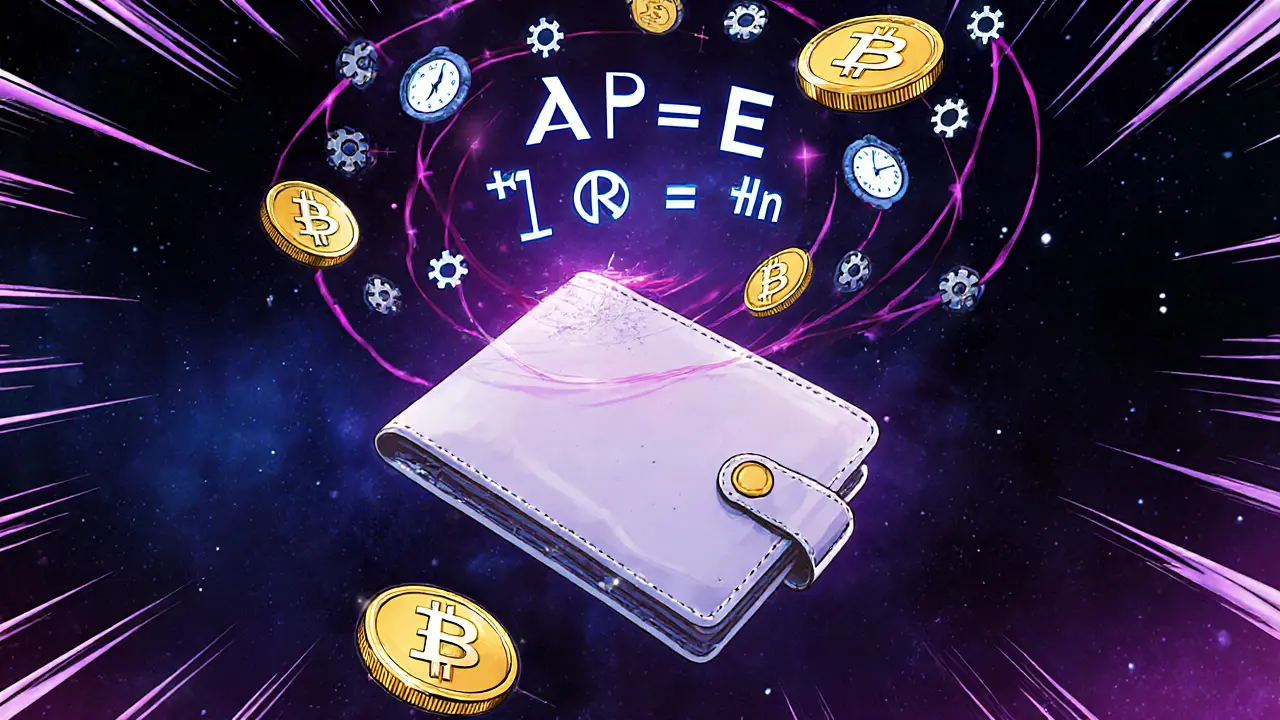Staking Rewards: How They Work and Where to Earn Them
When you stake your cryptocurrency, you’re not just sitting on it—you’re helping secure a blockchain and getting paid for it. This is called staking rewards, earnings you receive for locking up crypto to support a proof-of-stake network. It’s not magic. It’s math, economics, and network security rolled into one simple action. Think of it like earning interest in a bank, but instead of a bank, you’re helping validate transactions on a blockchain like Ethereum, Solana, or Cardano. No mining rigs, no electricity bills—just hold, lock, and earn.
Staking rewards are tied directly to DeFi protocols, decentralized platforms that let you lend, borrow, or stake crypto without intermediaries. These protocols handle the technical side: tracking your stake, distributing rewards, and punishing bad actors. Platforms like Lido, Rocket Pool, or even exchanges like HTX and Klickl let you stake without running your own validator. That’s the big shift—from tech-savvy node operators to regular users earning passive income with a click.
Not all staking is equal. Some chains offer 5% annual returns. Others pay 15% or more—but higher rewards often mean higher risk. A token with a crazy APY might be a scam, poorly coded, or on a network with weak security. That’s why you need to know the difference between staking on a well-established chain like Ethereum versus a new, low-liquidity project with no track record. The blockchain rewards, the actual crypto you earn from staking, often reflect the health and demand of the underlying network. If no one’s using the chain, rewards dry up fast.
You’ll also find staking rewards in places you might not expect. Some airdrops, like the KALA or APENFT campaigns, reward users who held or staked specific tokens before a snapshot. Others, like Divergence’s DIVER token, tie rewards to liquidity provision and governance participation. Even exchanges that don’t officially call it staking—like BTCC or Zedxion—offer similar programs under different names. But here’s the catch: if an exchange doesn’t let you withdraw your coins, you’re not really staking. You’re lending. And that’s a whole different risk.
Staking rewards are one of the few ways regular people can earn crypto without trading, mining, or guessing market swings. But they’re not risk-free. Slashing penalties, lock-up periods, and platform failures can wipe out your gains. That’s why the best approach is simple: stick to well-known networks, understand the terms, and never stake more than you’re willing to lose. The posts below show you exactly where staking works, where it doesn’t, and which platforms actually deliver on their promises. No fluff. Just real data from real users.
Learn how to calculate crypto staking rewards using APY, understand compounding, and avoid common traps. See real examples of Ethereum, Solana, and DeFi staking returns.

